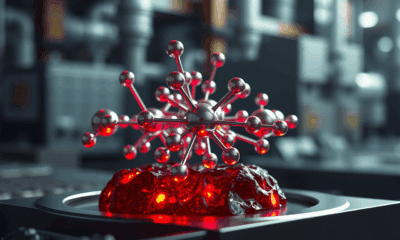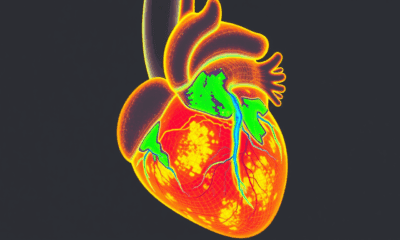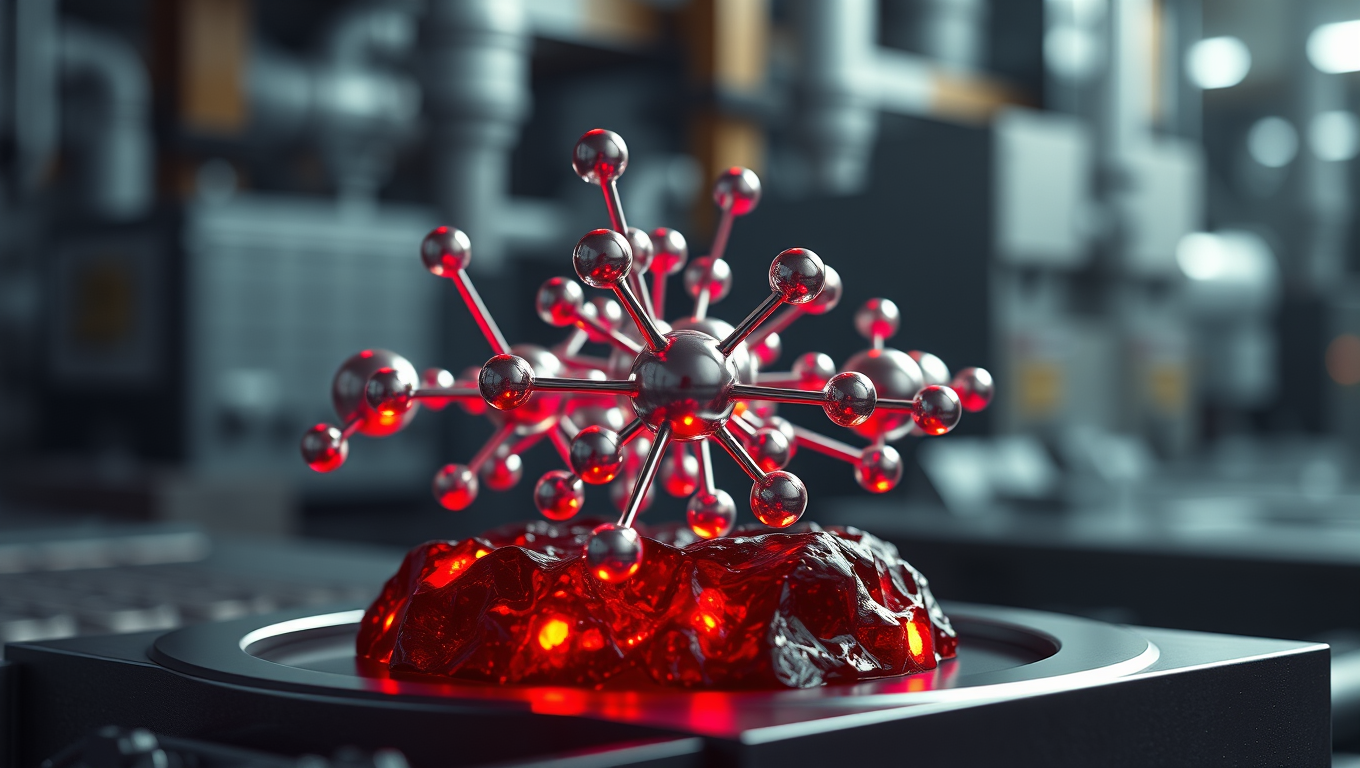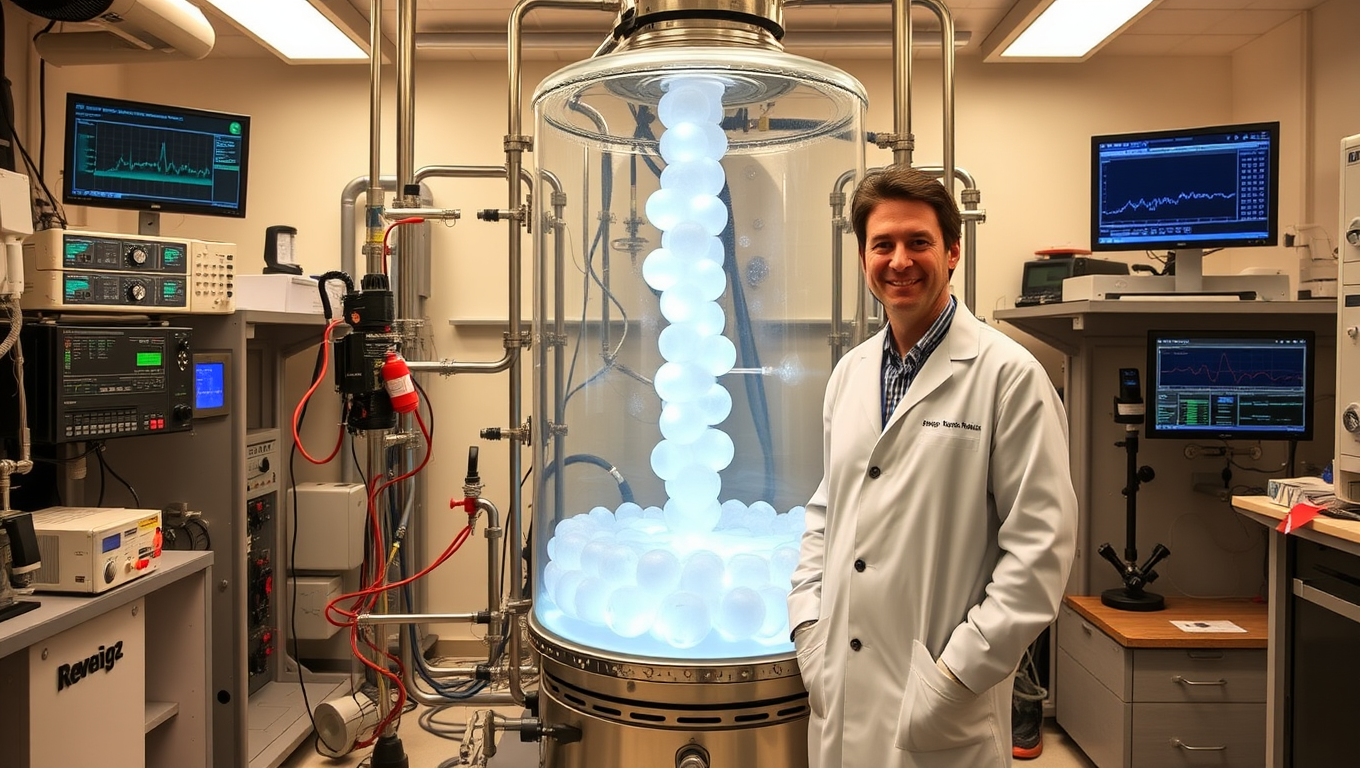While we try to keep things accurate, this content is part of an ongoing experiment and may not always be reliable.
Please double-check important details — we’re not responsible for how the information is used.
Chemistry
A Single Step Forward: Revolutionizing Drug Discovery with Carbon Insertion
A research team has pioneered a groundbreaking method that could accelerate drug discovery and reduce pharmaceutical development costs. Their work introduces a safe, sustainable way to insert a single carbon atom into drug molecules at room temperature.
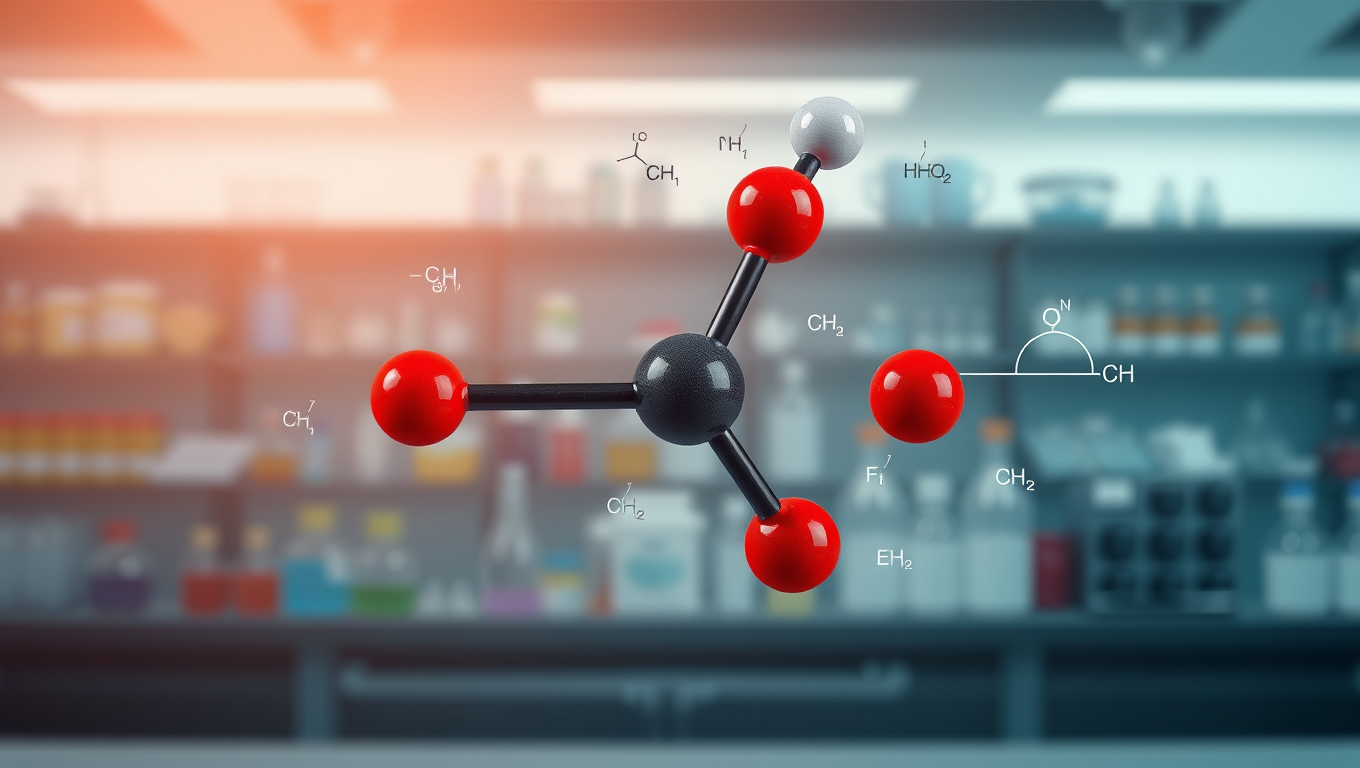
Chemistry
Mapping Platinum Atoms for a Greener Future in Catalysis
A precious metal used everywhere from car exhaust systems to fuel cells, platinum is an incredibly efficient catalyst—but it’s costly and carbon-intensive. Now, a serendipitous collaboration between scientists at ETH Zurich and other European institutions has opened a new frontier in understanding and optimizing platinum-based catalysts at the atomic level.
Chemistry
Revolutionizing Magnetic Field Technology: A Breakthrough Design for MRI and Magnetic Levitation
Two German physicists have reimagined how to create powerful and uniform magnetic fields using compact permanent magnets. By overcoming the limitations of the well-known Halbach array, which works only with infinitely long magnets, they engineered innovative 3D magnet arrangements that work in practical, finite-size setups. Their designs not only boost field strength but also enhance homogeneity, verified through real-world experiments. This game-changing advancement could help bring affordable MRI technology to underserved regions and power applications like particle accelerators and magnetic levitation systems.
Chemistry
Breakthrough at Rice University Keeps CO2 Electrolyzers Running 50x Longer with a Surprisingly Simple Method
A Rice University team discovered that bubbling CO₂ through a mild acid dramatically improves the lifespan and efficiency of electrochemical devices that convert CO₂ into useful fuels. This simple trick prevents salt buildup—a major barrier to commercialization—by altering local chemistry just enough to keep salts dissolved and flowing. The result? A device that ran for over 4,500 hours without clogging, using common catalysts and scalable technology. It’s a breakthrough that could make green CO₂ conversion far more viable in the real world.
-

 Detectors3 months ago
Detectors3 months agoA New Horizon for Vision: How Gold Nanoparticles May Restore People’s Sight
-

 Earth & Climate4 months ago
Earth & Climate4 months agoRetiring Abroad Can Be Lonely Business
-

 Cancer4 months ago
Cancer4 months agoRevolutionizing Quantum Communication: Direct Connections Between Multiple Processors
-

 Agriculture and Food4 months ago
Agriculture and Food4 months ago“A Sustainable Solution: Researchers Create Hybrid Cheese with 25% Pea Protein”
-

 Diseases and Conditions4 months ago
Diseases and Conditions4 months agoReducing Falls Among Elderly Women with Polypharmacy through Exercise Intervention
-

 Chemistry3 months ago
Chemistry3 months ago“Unveiling Hidden Patterns: A New Twist on Interference Phenomena”
-

 Albert Einstein4 months ago
Albert Einstein4 months agoHarnessing Water Waves: A Breakthrough in Controlling Floating Objects
-

 Earth & Climate3 months ago
Earth & Climate3 months agoHousehold Electricity Three Times More Expensive Than Upcoming ‘Eco-Friendly’ Aviation E-Fuels, Study Reveals







